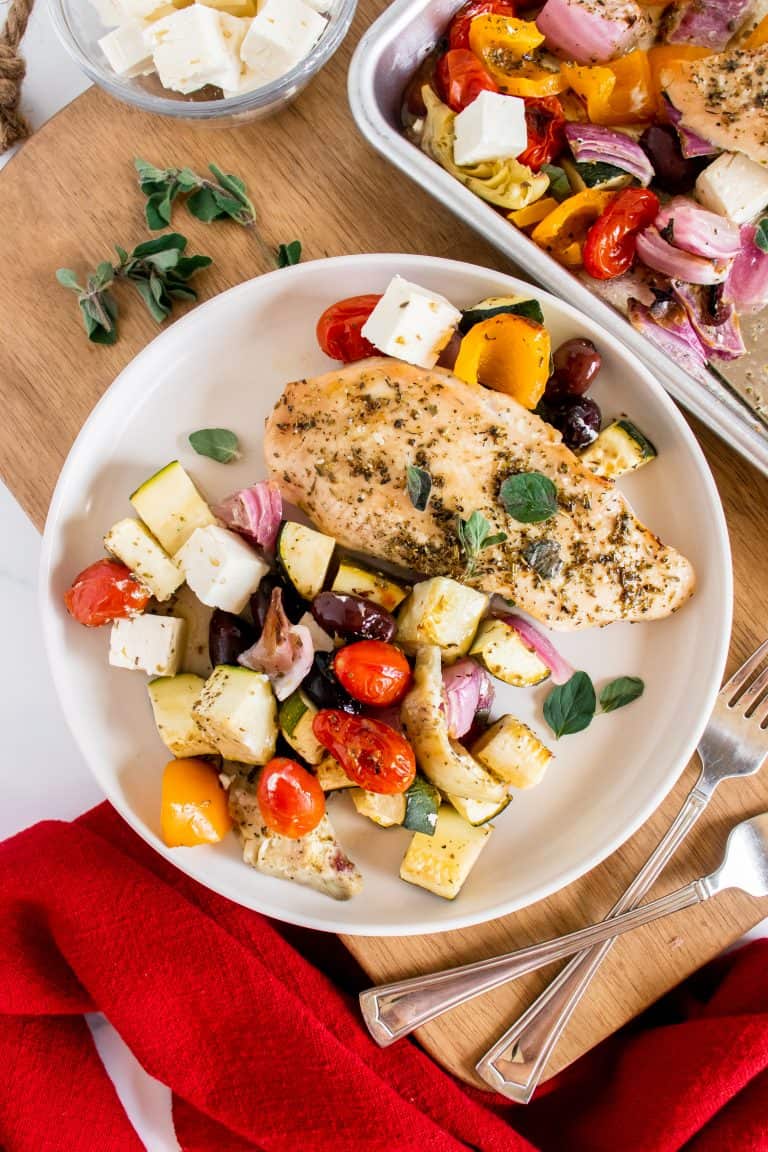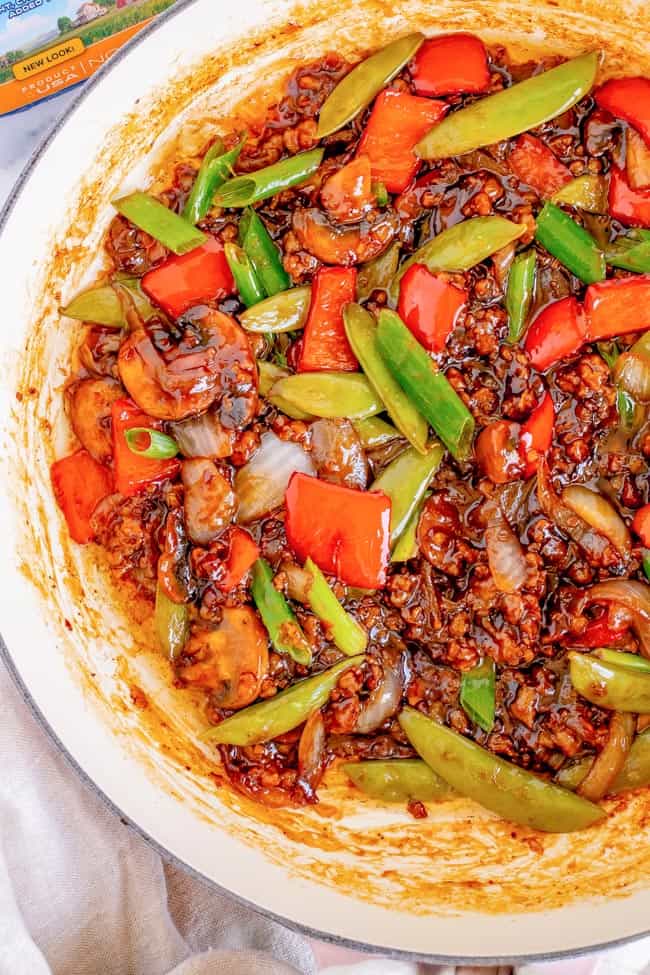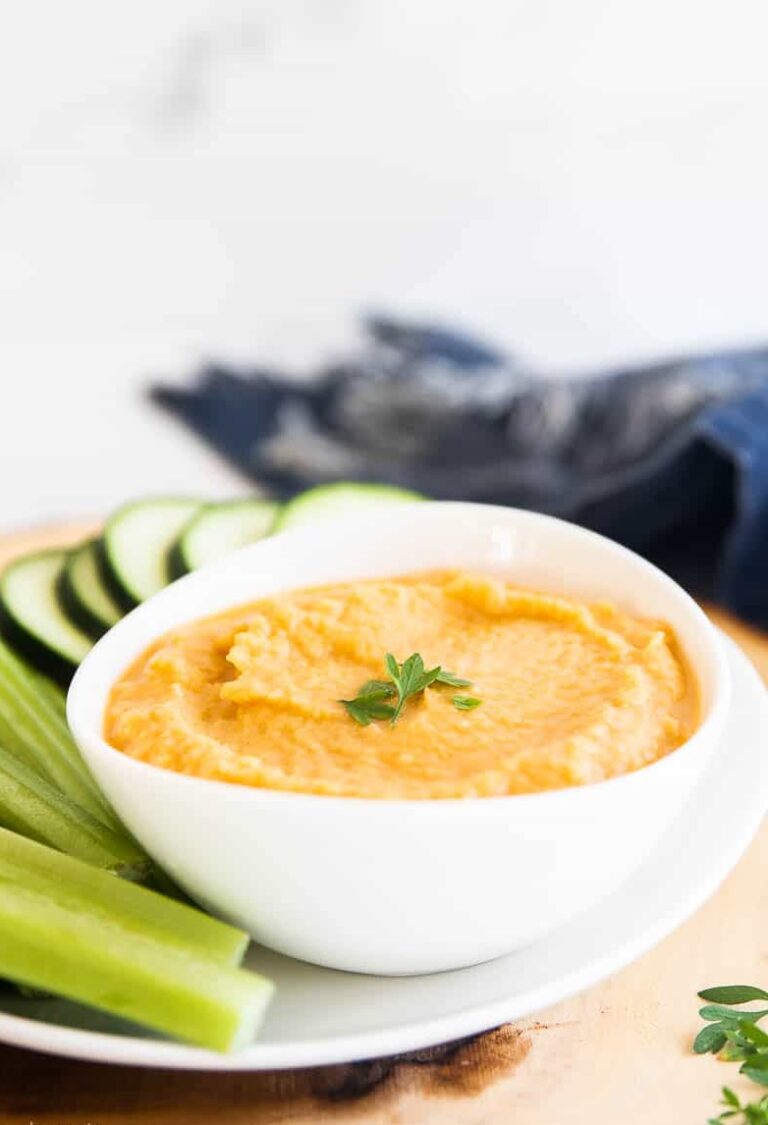Quaker Oatmeal Raisin Cookies
This post may contain affiliate links. See our discloure policy.
Our freshly baked Quaker Oatmeal Raisin Cookies are bursting with wholesome goodness. These cookies are perfect for any occasion, whether it’s a cozy evening at home or a gathering with friends. Made with pantry staples and customizable to dietary needs, they’re sure to become a household favorite.

These chewy cookies are perfect with a glass of milk or coffee, and make the perfect late morning or afternoon snack. For more delicious chewy cookies, try my Chocolate Sprinkle Cookies or Chocolate Marshmallow Cookies. For another delicious snack recipe that doubles as a dessert, you’ll love this moist and perfectly sweet Lemon Snack Cake!
Chewy Oatmeal Cookies
There might be nothing as tasty as a chewy oatmeal cookie, and it’s even more satisfying if it’s full of deliciously sweet raisins.
What makes an oatmeal cookie chewy? Is there a secret? Yes, there is, but it’s not just one thing. It’s the combination of the right ingredients, the right temperature, and the right baking time.
Fortunately, it’s pretty easy to do.
Tips for Perfectly Chewy Oatmeal Raisin Cookies
When you want that perfect chewy texture to your cookies, follow these helpful tips. Bonus: These tips work for just about every chewy cookie, so go ahead and apply these techniques every time you bake.
- Use brown sugar. Some recipes call for a mix of white and brown sugar, but you can even replace half of the white sugar with brown sugar if you want an even softer cookie. The molasses in the brown sugar adds plenty of moisture to the cookies.
- Use fresh eggs. Whole fresh eggs add moisture and help the oats stick together instead of crumbling apart.
- Use shortening or butter. I like the texture shortening provides. It has less water in it than butter, plus it’s dairy-free. If you want a chewy or soft cookie, avoid margarine.
- Don’t set your temperature too high. Bake at 350-375°F.
- Don’t overmix cookie dough. You’ve incorporated air into your butter by creaming it. You don’t want to deflate the air bubbles or your cookies will fall flat. You also don’t want to overwork the gluten in the flour, or it makes your cookies tough. Mix until combined, then stop.
- Remove the cookies from the oven promptly. Don’t allow the cookies to overbake. You can remove them while they’re still soft and still look just a touch underdone. Let them sit on the baking sheet for 2 minutes before removing them to a cooling rack.
Ingredients
- Shortening – I used white all-vegetable shortening, but if you want a more buttery flavor, golden shortening can be used or sticks of butter.
- Eggs – To ensure there’s enough moisture in your cookies, use 2 fresh, large eggs. You can replace eggs with 2 medium mashed bananas if needed.
- Light brown sugar – Replace with dark brown sugar for a richer, sweeter flavored cookie.
- All-purpose flour – This can easily be replaced with a gluten-free flour blend.
- Cinnamon – We love a touch of cinnamon in our oatmeal cookies, but you can leave it out or replace it with apple pie spice, allspice, or even pumpkin pie spice.
- Quaker old-fashioned oats – Make sure to use fresh oats. Old oats that have been in your cupboard a while have lost moisture and make for tougher cookies.
- Raisins – Don’t like raisins? No problem! Leave them out or replace them with golden raisins, chocolate chips, dried cranberries, butterscotch chips, dried blueberries, or your favorite cookie mixins.
- Pantry Staples – Granulated sugar, vanilla extract, baking soda, salt

How to Make
STEP ONE: Preheat the oven. Preheat the oven to 375°F. Prepare a baking sheet by lining it with parchment paper or a silicone baking sheet, or spray it with non-stick baking spray. Set it aside.
STEP TWO: Beat the wet ingredients. In a bowl of a stand mixer, beat the shortening, eggs, brown sugar, granulated sugar, and vanilla. (If you don’t have a stand mixer, you can use an electric mixer instead. Mix your ingredients in a large mixing bowl.)
STEP THREE: Whisk the dry ingredients. Using a separate bowl, whisk together the flour, baking soda, salt, oats, and cinnamon.


STEP FOUR: Combine the wet and dry ingredients. Slowly add the dry mixture to the wet mixture. Blend until just combined.
STEP FIVE: Fold in the raisins. Carefully fold in the raisins, being mindful not to overmix the dough.
STEP SIX: Bake. Use a 2-inch cookie scoop to portion the cookie dough. Drop dough onto an ungreased baking sheet. For chewy centers, bake for 10-12 minutes or until the edges start to brown. Remove the cookies from the oven and allow them to sit on the baking sheet for 1-2 minutes, then remove to a cooling rack.


How to Store
You want these cookies to stay fresh and maintain their chewy texture, so make sure to store them properly.
Before storing your cookies, always allow them to cool fully. Then, place them in an airtight container with a tight-fitting lid or in a Ziploc bag.
At room temperature: You can store your cookies at room temperature if you’ll eat them up within two to three days.
In the fridge: For longer storage, you can refrigerate your cookies for up to two weeks. Make sure you keep them in an airtight container to prevent them from drying out, and to make sure they don’t absorb flavors from other foods in your fridge.
In the freezer: You can store oatmeal cookies in the freezer for three to four months. Just place them in a freezer bag or in an airtight container. For extra protection, you can wrap the cookies in plastic wrap first. Let the cookies thaw on the counter or in the fridge before eating again.

Can I make these cookies ahead of time?
Yes! You can make these ahead. You can bake them and store them as directed above, or you can make the dough and store it for later use. Form the dough into a log shape, then wrap the log tightly in plastic wrap. Set the dough log in a Ziploc bag (make sure it’s freezer-safe if you plan to freeze your dough). Store dough for two days in the fridge or two months in the freezer. Let frozen dough thaw in the fridge before baking.
Can I make this recipe gluten-free? Dairy-free?
Because we use shortening instead of butter, this recipe is already dairy-free. If you want a gluten-free option, you can easily swap the all-purpose flour for gluten-free flour.
Always check the rest of your ingredients to be sure they are suitable for your dietary preferences.

Troubleshooting and FAQs
Why did my oatmeal cookies turn out cakey?
There are a couple reasons why your oatmeal cookies might have turned out cakey. Overmixing the dough is a common culprit. When you mix the dough, you develop gluten, and too much gluten leads to a tough, cakey texture. The goal is to mix just until the ingredients are combined.
Another reason for cakey cookies is not using enough brown sugar. Brown sugar adds moisture and chewiness that granulated sugar doesn’t. Finally, you may have overbaked your cookies. Oatmeal raisin cookies should come out of the oven looking slightly underdone – they will firm up as they cool.
Should I chill the dough before baking for chewier cookies?
You can, especially if your kitchen is a bit warm. Chilling the dough for oatmeal raisin cookies is a great way to achieve a chewier texture. Chilling allows the flour to absorb more moisture, which can lead to a chewier cookie.
My raisins keep sinking to the bottom of the cookies. How can I prevent this?
To prevent raisins from sinking to the bottom of your oatmeal raisin cookies, toss them in a little bit of flour before adding them to the dough. The flour coating will help them distribute more evenly throughout the dough.
My cookies spread too much. How can I make them thicker?
There are a couple of things you can do to prevent your oatmeal raisin cookies from spreading too thin. First, while brown sugar is crucial to a chewy cookie, sometimes using too much can cause the cookies to spread too much. Try using less brown sugar in your dough.
Another tip is to chill your dough before baking. Chilling allows the fat to solidify a bit, which helps the cookies hold their shape better.

Quaker Oatmeal Raisin Cookies
Ingredients
- 1/2 cup shortening
- 2 large eggs
- 1 cup light brown sugar
- 1/4 cup granulated sugar
- 1 teaspoon vanilla extract
- 1 3/4 cups all-purpose flour may swap for gluten-free flour
- 1 teaspoon baking soda
- 1 teaspoon cinnamon
- 1 teaspoon salt
- 2 cups Quaker old-fashioned oats
- 3/4 cup raisins
Instructions
- Preheat the oven. Preheat the oven to 375° F.
- Blend the wet ingredients then the dry ingredients. In a bowl of a stand mixer, beat the shortening, eggs, brown sugar, granulated sugar, and vanilla. Using a separate bowl, whisk together the flour, baking soda, salt, oats, and cinnamon. Slowly, add the dry mixture to the wet mixture. Blend until just combined. Carefully, fold in the raisins.
- Bake. Use a 2-inch cookie scoop and scoop the cookie dough onto a baking sheet. For chewy cookies bake for 10 min or until the edges start to brown.
Video
Notes
- Whole fresh eggs add moisture and help the oats stick together instead of crumbling apart.
- You can replce the shortening with butter, but for chewy cookies, avoid margarine.
- Be mindful you don’t overmix your dough. This will cause your cookies to become flat and tough.
- Don’t allow the cookies to overbake. Remove them from the oven while they’re still soft and still look just a touch underdone. Let them sit on the baking sheet for 2 minutes before removing them to a cooling rack.







